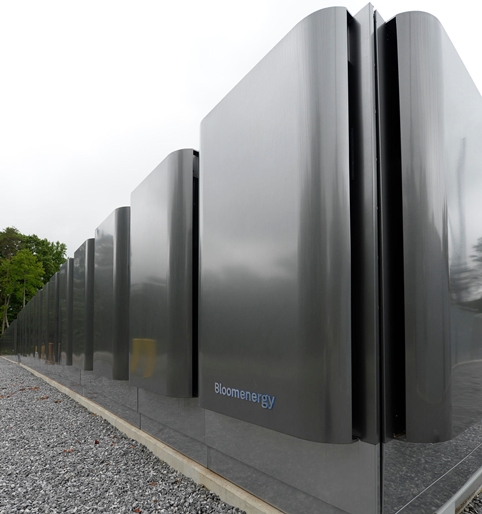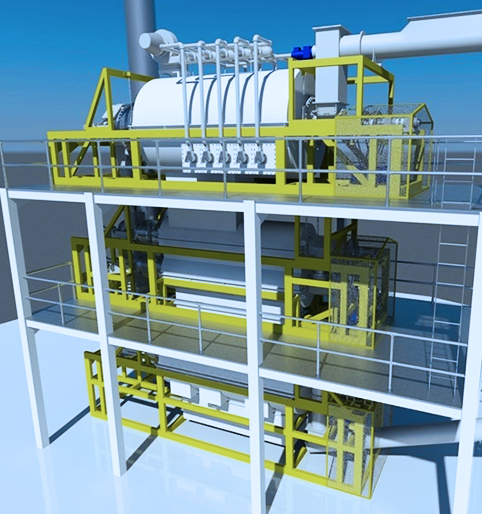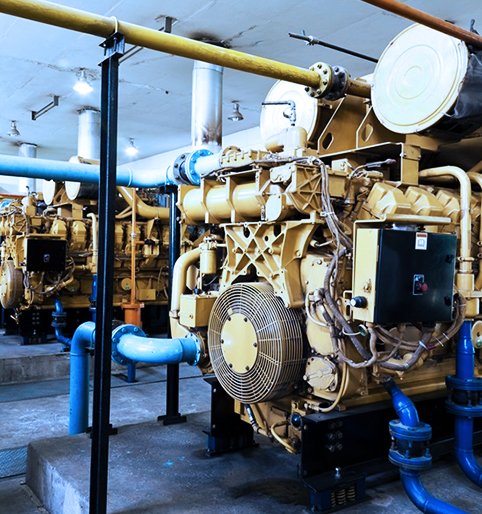Power Generation Markets
Enhancing electricity production
There is an array of power generation technologies, both traditional and new, that waste significant amounts of energy in the form of waste heat.
Given that we project our levelized cost of electricity to go down below $0.02 at scale, it is no surprise that there are a number of co-generation opportunities for MicroPower in the power generation sector itself.
While we obviously can't aid the efficiency of wind turbines or standard solar panels because there simply isn't heat available in our temperature range, there aren't many areas where we wouldn't be able to make a difference.
Thermoelectrics has the potential to be a versatile renewable energy technology, improving not only traditional fossil fuel generation but also more modern processes such as solar-thermal energy, pyrolysis, fuel cell technologies, nuclear power and LENR.
Fuel Cell Generators
An example of a more modern form of power generation that can benefit from high efficiency and low cost thermoelectric devices is next generation fuel cells aimed at delivering clean electricity to residential and commercial complexes. A major fuel cell company is interested in deploying MicroPower’s technology to co-generate additional output from each of its mid-size generators. System design work and test installations have already been carried out, though more design and development work is required for large-scale installations.
Fuel cells are classified primarily by the kind of electrolyte they employ. This classification determines the kind of electro-chemical reactions that take place in the cell, the kind of catalysts required, the temperature range in which the cell operates, the fuel required, and other factors. There are various types of fuel cells currently under development, each with its own advantages, limitations, and potential applications, and several present interesting co-generation opportunities for MicroPower.


Waste-To-Energy Plants
There are a number of emerging technologies that can produce electricity from waste products without using direct combustion. The advantage of these systems is that they are often modular and so can be implemented on a local basis, and they reduce the need to dispose of the waste by other means. In addition, they can create energy with a low (or no) cost fuel and minimal emissions.
These processes generally require extremely high temperatures and some of the waste heat isn’t physically accessible for reuse. MicroPower has been working with developers in this field for several years to integrate our technology into the system design so that when modular plants are rolled out, our heat recovery devices will a provide significant performance boost.
Concentrated Solar Power Plants
Using mirrors and lenses, solar thermal systems can focus sunlight from a large area onto a very small area, producing very high temperatures that are then used to power turbines that generate electricity. For us, the Concentrated Solar Power (CSP) opportunity is to expose a simple black absorber to sunlight to collect thermal energy from a mirror concentrator and deliver it to the hot side of a MicroPower device.
Global CSP capacity hit 5.6 GW in 2018, and is expected to grow to 22.4 GW by 2030. Though MicroPower’s devices will not necessarily deliver greater efficiency than existing energy conversion options (for example Stirling engines), there are a number of other benefits, such as significantly reduced acquisition and maintenance costs, which make our solution a viable option.


Reciprocating Generator Engines
Diesel and gas reciprocator engines are generally used to provide electrical power in areas where utility electricity is unavailable, or only needed temporarily, and there are a variety of commercial, industrial and municipal applications – particularly renewable and waste-to-energy industrial power generation, cogeneration/CHP, and oilfield power generation.
Reciprocating engine generators often do have some hot water or other form of waste heat recovery feature available, but adding an Organic Rankine Cycle for additional power is rarely done. The problem is often a combination of the space required, significant capex, and high operating and maintenance requirements and costs, making MicroPower’s technology a desirable alternative.
Gas Flare Stacks
Associated hydrocarbon gas from oil fields all over the world is being flared in large volumes. There is a worldwide effort to reduce the amount of gas flaring but the reality is that huge volumes will continue to be flared for many years to come. A very few of these “candle” flares have heat recovery units attached to convert the heat to useful electrical or thermal energy.
The incremental cost to make electric power from these flares is very high, especially since flaring is intermittent and unreliable and a Rankine cycle will easily be upset with the start/stops and transients associated with the flare. Replacing these types of heat recovery units with MicroPower devices would aid the efficiency of electric power production, with significantly lower costs.

